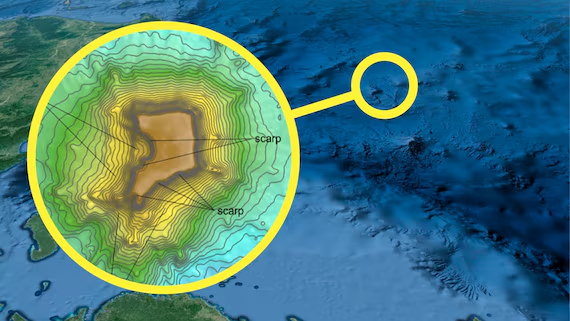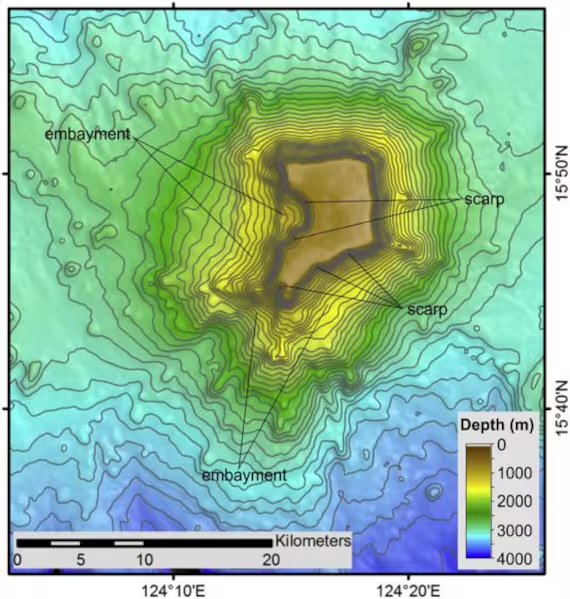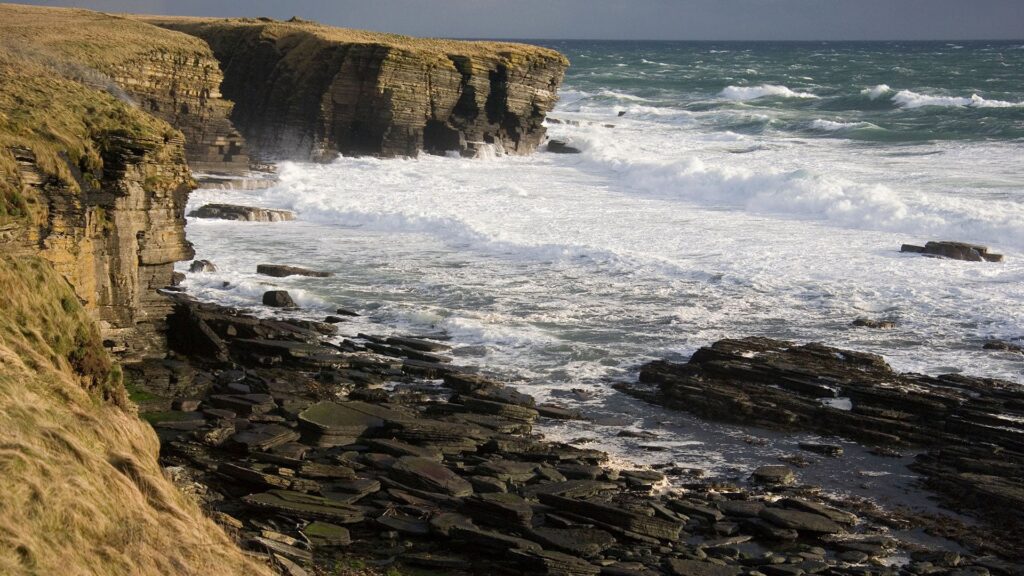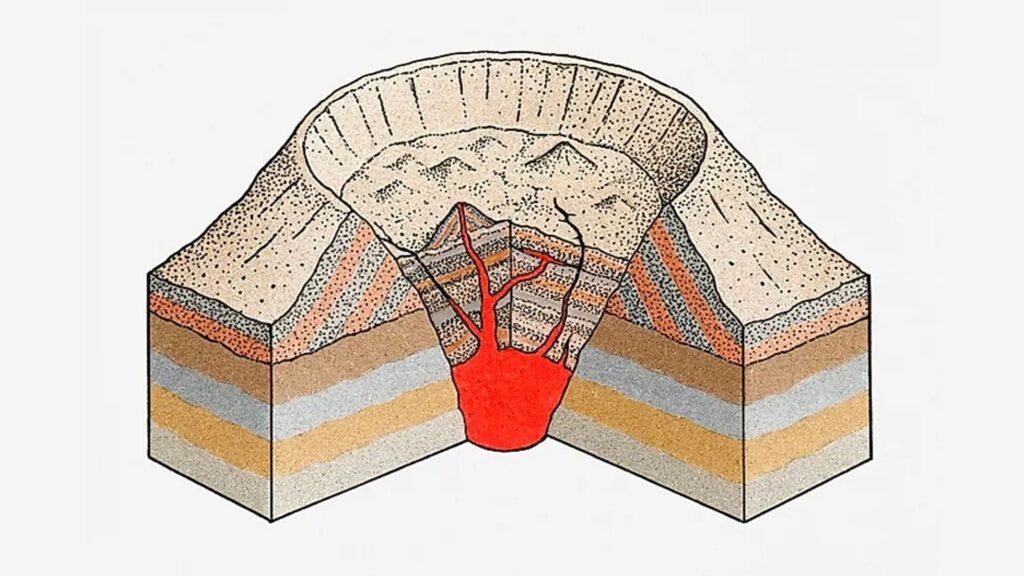Yellowstone was recognized as the largest Caldera Apolaki was discovered on the seabed of the Philippine Sea near the underwater volcanic platform Benham Rise. It has a diameter of an impressive 150 km, more than twice the size of Yellowstone!

The largest known volcanic caldera in the world was discovered in 2019: it is called Apolaki, has a diameter of 150 km and is located on the seabed of the Philippine Sea, near the underwater volcanic platform Benham Rise. Until its discovery, the largest known caldera was that of Yellowstone in the US state of Wyoming, with a diameter of 60 km: Apolaki is more than twice that diameter, comparable to calderas found on Mars and Venus! However, the Yellowstone caldera remains the largest on the mainland: in comparison, the "native" caldera of the Phlegraean Fields has a diameter of 12 km. A volcanic caldera is a depression in the ground caused by the collapse of a magma chamber.
The morphology of the Benham Rise and the Apolaki Caldera
The Apolaki caldera was discovered in 2019 by New Zealand researcher Jenny Anne Barretto as part of a study into the structure and origin of the Benham Rise, or Philippine Rise, in the Philippine Sea east of the island of Luzon. The researchers chose the name of the caldera: "Apolaki" means "Lord of the Giants" and refers to the Philippine god of the sun and war. The morphology of the Benham Rise and the caldera was reconstructed thanks to bathymetric surveys carried out with a ship-mounted sonar.
The Benham Rise is a volcanic structure resembling a plateau, with a diameter of about 250 km, which rises about 2700 m above the seabed and whose summit is about 2500 m below sea level. It consists of a main body made up of a platform of igneous rocks 14,500 km thick, most of which are buried in the Earth's crust. Gravimetric analyses, which record the variations in gravity depending on the type of rock in the crust, have revealed the hidden thickness.
The flanks of the Benham Rise have steps with steep slopes between 100 and 300 m high. The central part of the plateau is overlooked by a ridge that is home to the Apolaki caldera, whose diameter reaches 150 km.

How the volcanic platform and the caldera were formed
During the exploration of the Benham Rise, several samples of magmatic rocks were taken, which are between 47.9 and 26 million years old. During this period, volcanic eruptions took place that ejected magma, from the solidification of which the structure was formed. Geological data has shown that the volcanic activity was both effusive and explosive. In an early phase, between 47.9 and 42.5 million years ago, the activity was particularly intense and a shield volcano structure was formed.
At this time, the Benham Rise was connected to the nearby Urdaneta Plateau. In a second phase, an enormous eruption created the caldera, probably between 42.5 and 41.3 million years ago. In the last phase, further volcanic cones formed within the caldera as a result of subsequent eruptions: The most recent was today's seamount (submarine volcano) Vinogradov, 26 million years ago. During this phase, the Benham Rise had already separated from the Urdaneta Plateau. The volcanoes in the region are currently extinct.
The volcanic activity of the Benham Rise is due to the fact that the platform was located above a hotspot, i.e. a relatively solid area where magma columns (known as plumes) continuously rise from the mantle. In 2017, the area, which is extremely rich in fish and mineral resources, was declared a "protected exclusive food supply zone" where mining and oil exploration are prohibited.

